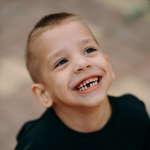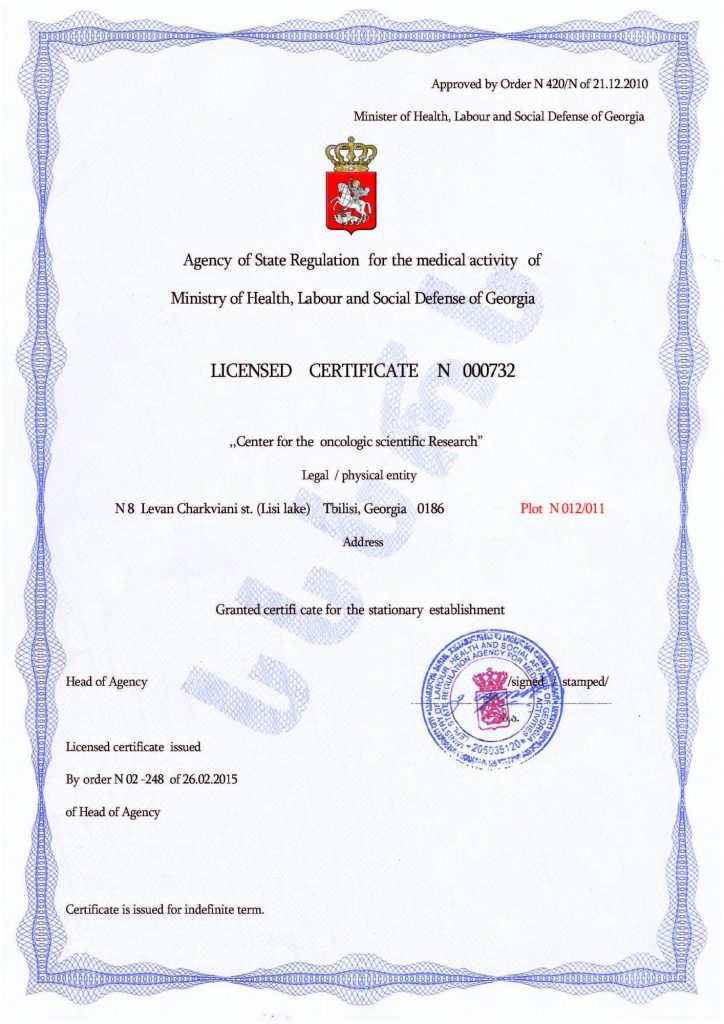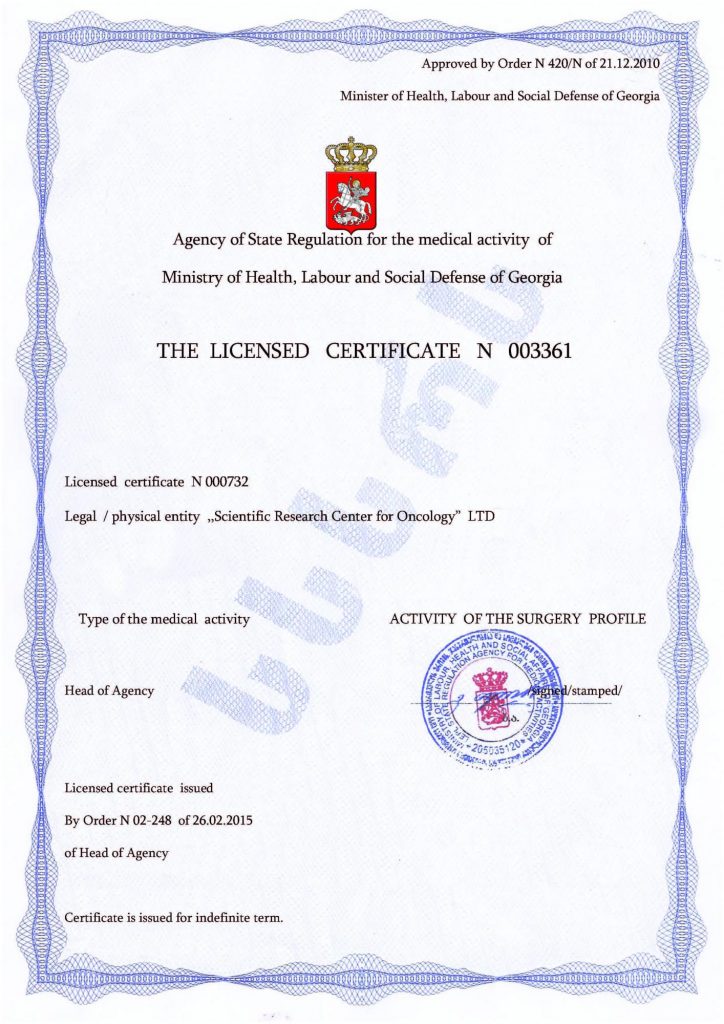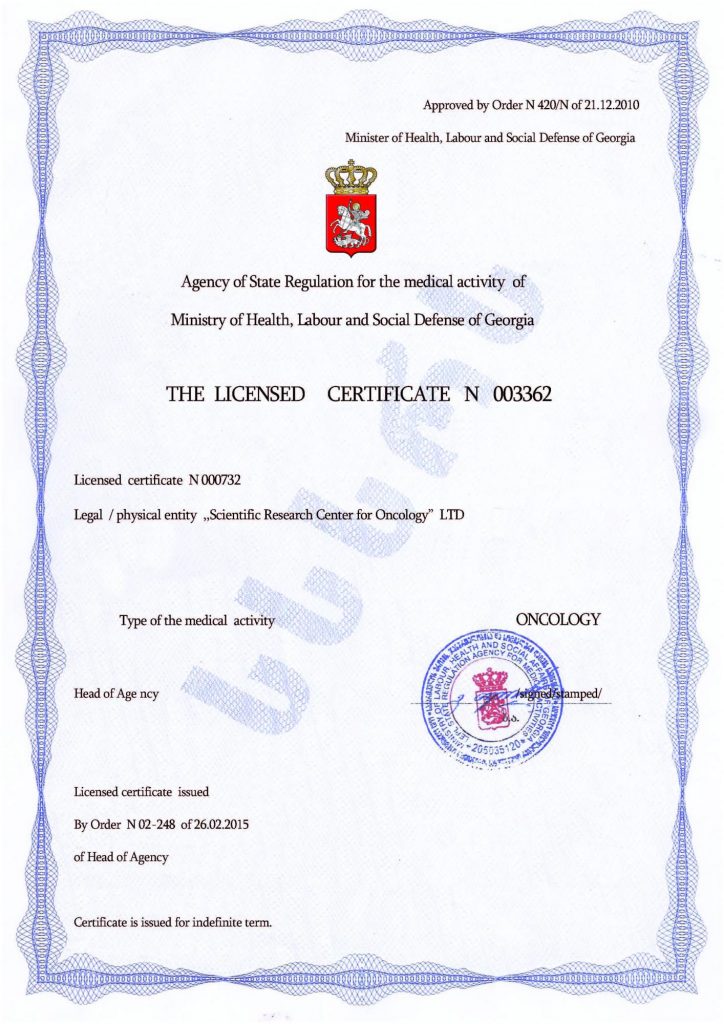Atypical Psychoses in Children with Autism
Autism Spectrum Disorder (ASD) encompasses a group of mental disorders that begin in early childhood and persist throughout life. One of these disorders is atypical psychosis in autism.
Atypical psychosis most often develops in the context of the following conditions:
- Rett syndrome as a severe form of ASD
- Down syndrome
- Malignant childhood schizophrenia, among others
ASD and psychosis in autism typically arise from organic brain damage, which may be caused by improper structural formation due to genetic predisposition or destructive factors during fetal development. These conditions may also develop alongside somatic or mental illnesses.
Clinical Characteristics of the Disorder
In most cases, psychosis begins to manifest between the ages of 3 and 5 years. The primary symptoms include repetitive movements, speech dysfunction, asocial behavior, and communicative impairments.
Stages of Atypical Childhood Psychosis in Autism (Typically After Age 3)
- Autistic Stage: Development occurs between 0-6 months. This stage is characterized by slow development, unemotional responses, indifference, and a passive attitude toward relatives and the environment.
- Regressive Stage: Development occurs between 6-12 months. During this stage, a pediatrician may suspect autism. Self-care and speech skills gradually deteriorate, and motor activity becomes stereotypical.
- Catatonic Stage: Development occurs between 18-24 months. Motor (catatonic) disorders become predominant. Children may run tirelessly, spin in circles, wave their arms, and exhibit uncontrollable behavior.
As the disorder progresses, stereotypical movements intensify, becoming impulsive and obsessive. While comprehensive treatment can restore some speech functions and self-care abilities, emotional and mental development, as well as participation in social life, remain limited. In adulthood, individuals with this condition often face difficulties in finding employment, forming interpersonal relationships, and managing their personal lives.
Treatment of Atypical Psychoses in Children with Autism
Treatment involves sessions with a psychiatrist to address unstable mental conditions, with medication recommended in severe cases. Supportive therapies, such as swimming, therapeutic exercises, dolphin therapy, art therapy, and outdoor activities, can help normalize a child’s behavior.
While these methods can contain the manifestations of the disorder to some extent, they often do not produce significant long-term improvements.
Innovative Methods in Autism Treatment
Stem cell transplantation is one of the newest and most effective approaches. Its therapeutic impact exceeds that of many other treatment methods, targeting the deep restoration of the brain at the cellular level. This unique effect significantly improves the chances of successfully addressing atypical psychoses in autistic children.
Stem cell treatment is available at the Mardaleishvili Medical Centre.
Get Cellular Treatment for Autism Spectrum Disorder — Help Free a Child from Psychosis for a Better Quality of Life!
Autism Treatment Center Videos
Autism treatment with own stem cells
Cord blood association congress
International Quality Crown
Autism Treatment Reviews
Autism treatment with own stem cells
The story of Alessandro (6 years old)
Autism Patient Testimonial - Stem Cell Treatment
Clients Testimonials
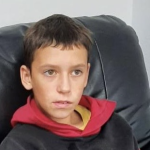
Feedback from Igor, David’s father (12 years old) Read More
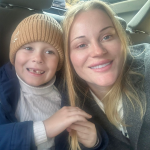
Feedback from Olga, Fedya’s mother Read More
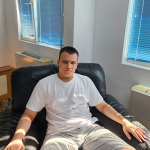
Feedback from Natalia, Radomir’s mother (15 years old) Read More
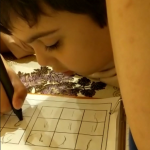
Feedback from Esther, Samuel’s mother (8 years old) Read More
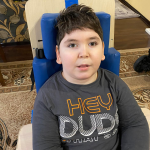
Feedback from Abibe, Selim’s mother (7 years old) Read More
